As of 2025, devices using the USB Type-C interface are ubiquitous. 
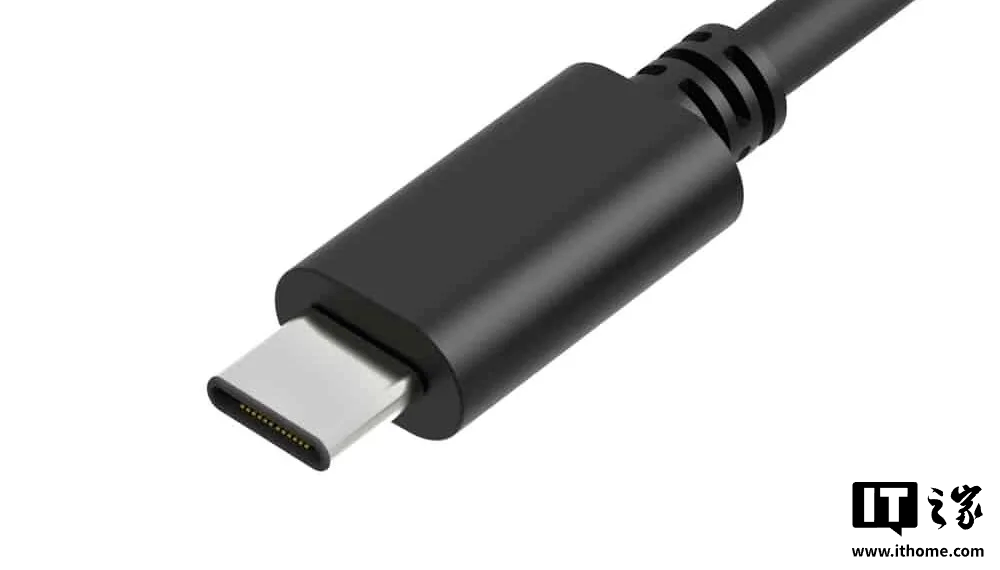
From smartphones, tablets, and computers to small fans, shavers, and electric toothbrushes, this reversible connector is almost everywhere.
However, the ideal scenario of one cable and one connector for everything seems yet to be realized. 
Next, IT Home will discuss the “pits” behind the USB Type-C interface that affect our daily user experience.
01.
Ten Years to Popularity
At the end of last year, with the official implementation of the EU 2022/2380 directive on universal chargers, all designated electronic products sold in EU member states must use USB Type-C charging interfaces.
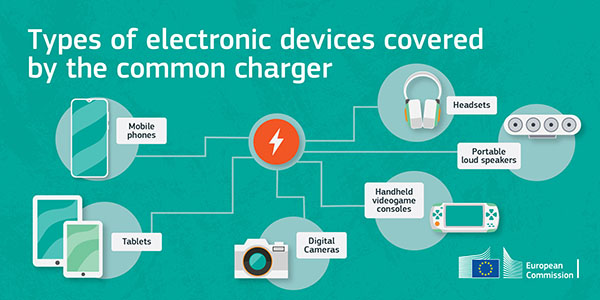
With the release of the iPhone 16e, the iPhone 14 and iPhone SE 3 have also been globally discontinued, and even Apple has abandoned the Lightning interface, fully embracing USB Type-C. 
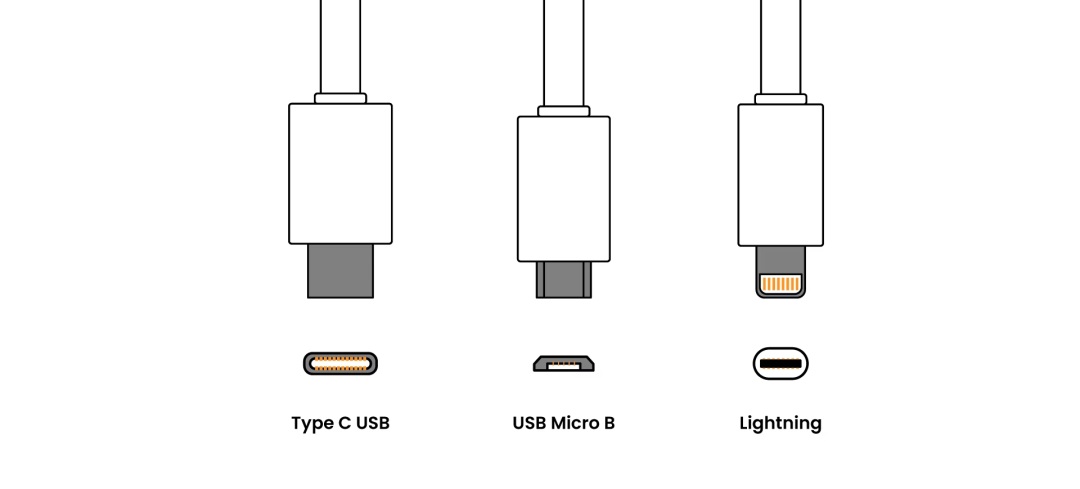
It has been 10 years since the first device with a USB Type-C interface — the Nokia N1 tablet was released.
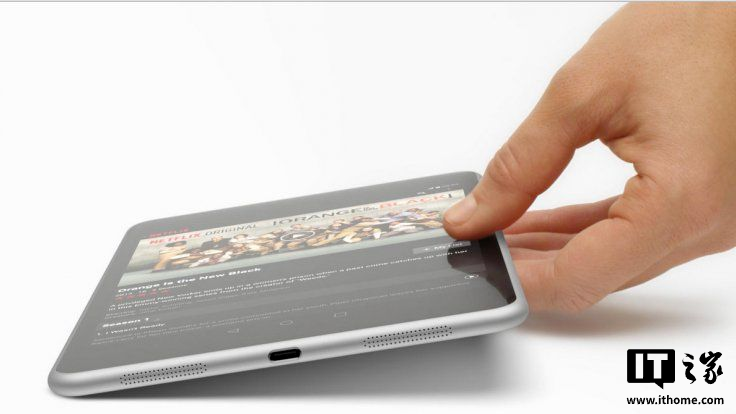
▲ The Nokia N1 was officially released in China on January 7, 2015
In 2015, we also saw many smartphones and laptops equipped with Type-C interfaces.
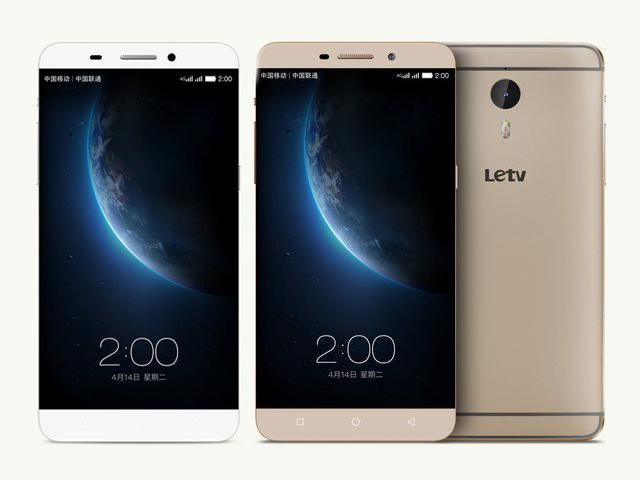
▲ LeEco Super Phone 1
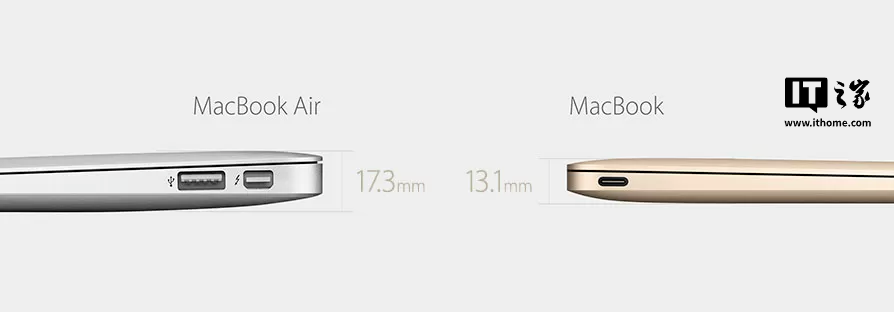
▲ Released in 2015, the 12-inch MacBook
Ten years later, besides the aforementioned digital “big items”, we can even frequently see USB Type-C interfaces on desk lamps, toothbrushes, and shavers. 
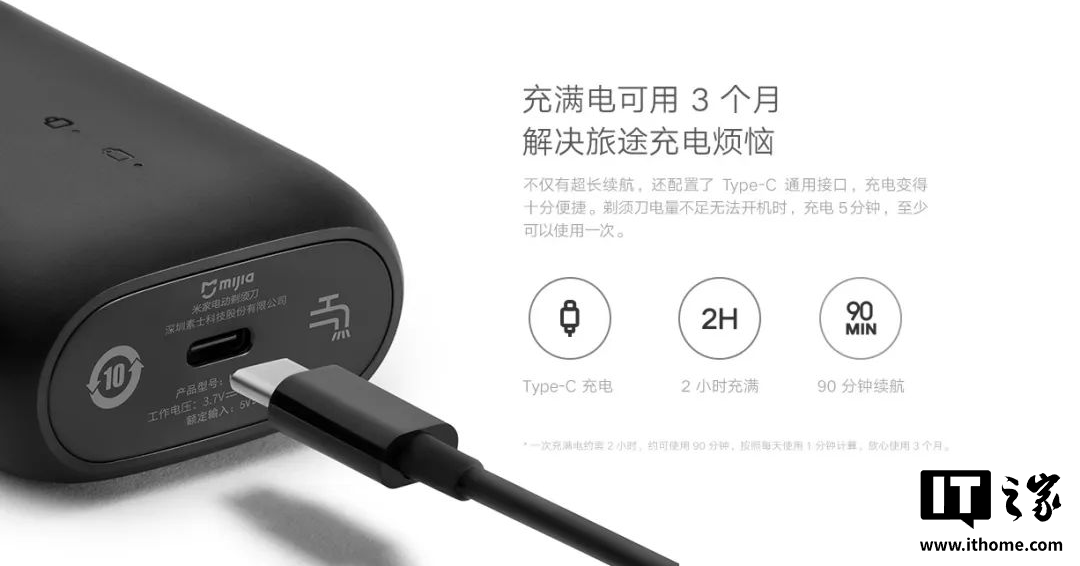
To this day, if a new digital product does not have a Type-C charging interface, that would be news.
02.
These Small Devices, Why Can’t They Charge?
Many users have encountered situations where plugging a C2C data cable into these small accessories does not charge, but using an A2C cable works fine. 
This is actually because the implementation of the Type-C interface in these non-charging devices is not standardized.
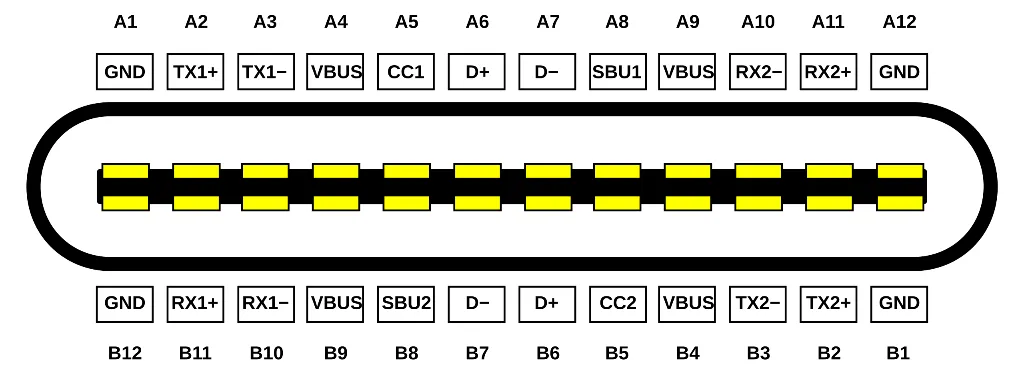
In the USB Type-C specification, the CC pins’ resistance is used for direction and role recognition.
-
The host (Source) side connects a pull-up resistor Rp on CC1/CC2
-
The device (Sink) side needs to connect a pull-down resistor Rd on CC1/CC2
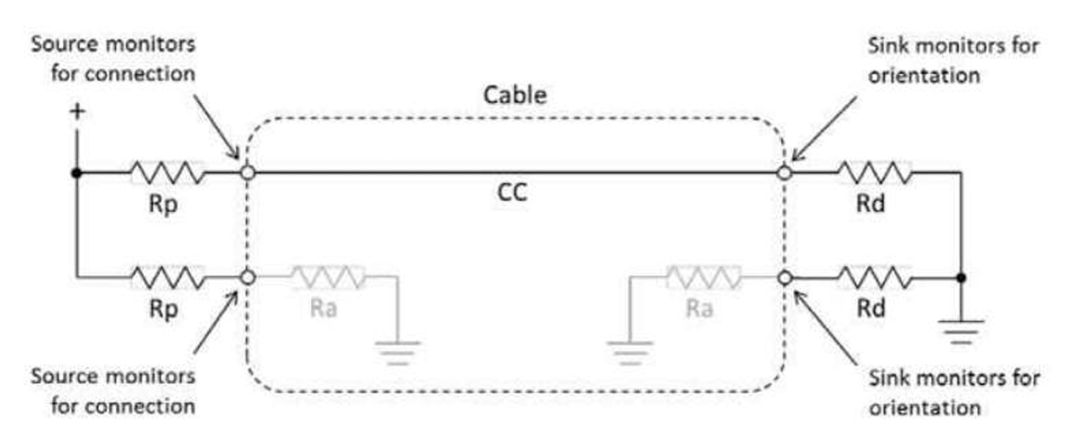
However, traditional USB-A interfaces do not have CC pins, and the handshake for charging protocols is done through D+/D-, allowing for normal charging.
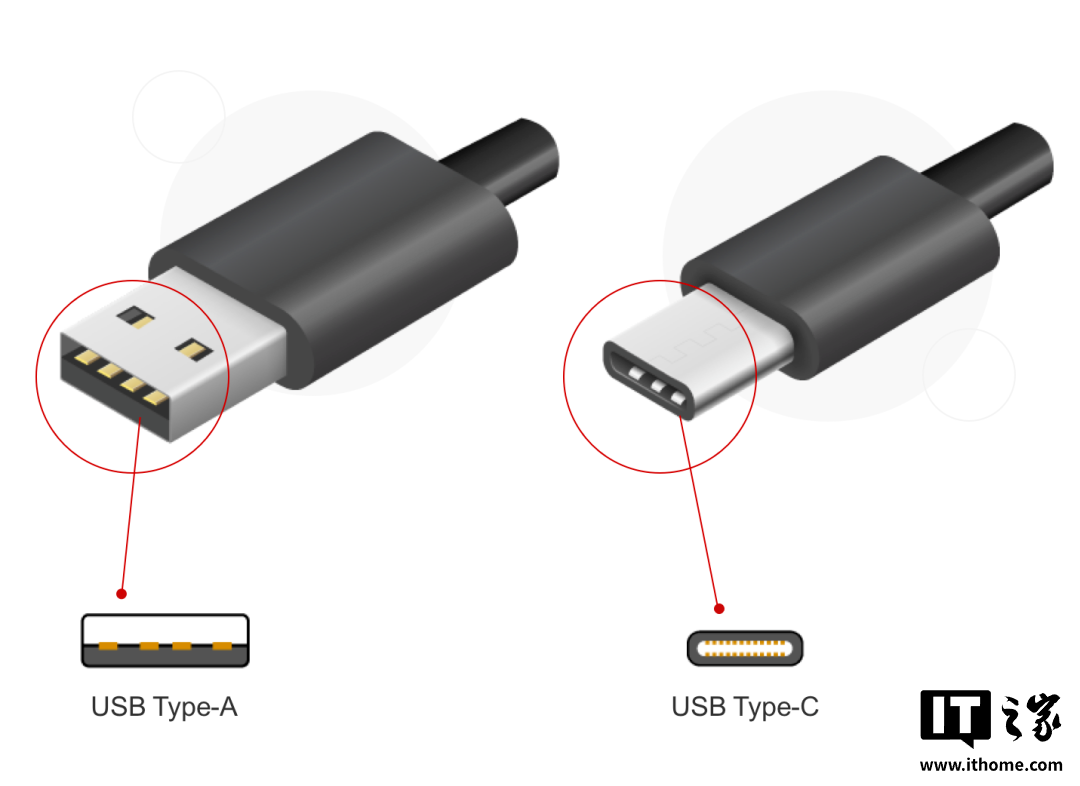
As a result, a compliant USB-C charger may fail to recognize the device and cannot charge it properly.
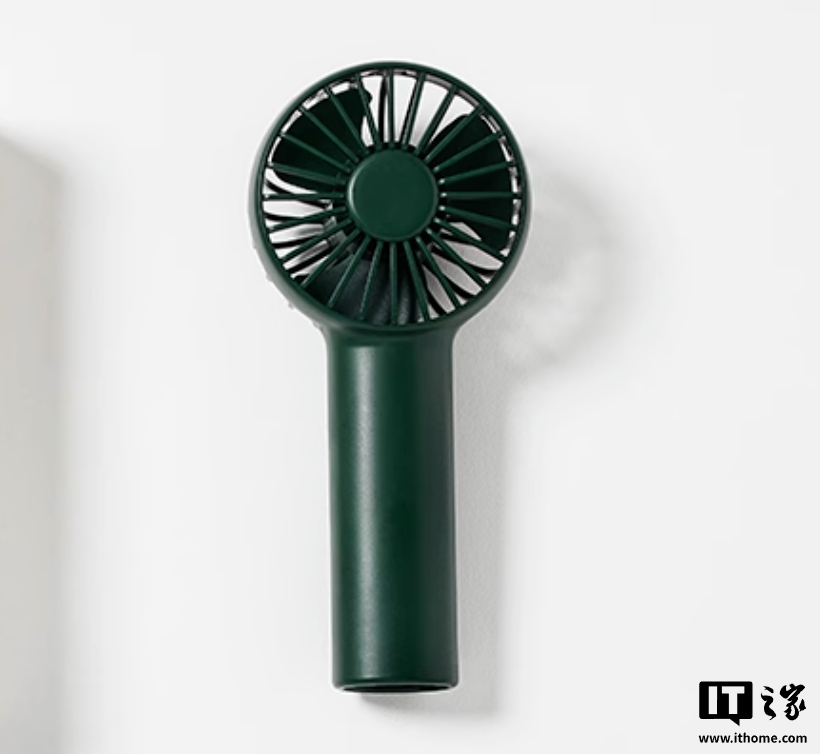
▲ The charging fan I use has this issue
When we encounter such small devices, we often need to carry an A2C cable and an A-port charger, dragging down the convenience of having a single Type-C cable. 
03.
Similar-Looking Interfaces Are Not the Same
The issue with pull-down resistors is just the tip of the iceberg regarding USB Type-C compatibility issues.

Although USB-C has largely unified the physical form of the interface, the standards it supports, such as USB 2.0, USB 3.0, USB4, Thunderbolt 3/4/5, PD, DisplayPort, etc., are determined by the device manufacturers based on their needs. 
Just looking at the USB protocols, while both are USB-C interfaces, the transmission speeds can vary from 480Mbps to 80 Gbps.
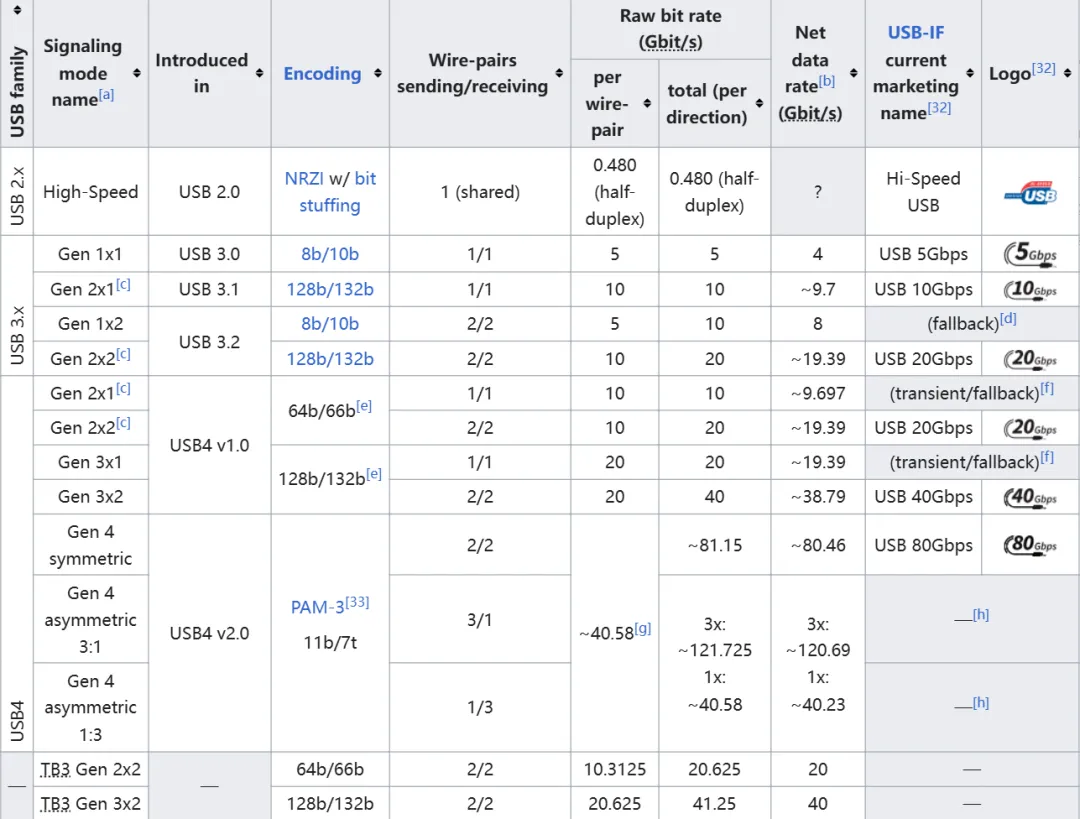
Moreover, the USB-IF’s confusing renaming has caused a lot of confusion for ordinary consumers.

Fortunately, the USB-IF has turned over a new leaf, and the latest USB market naming now clearly indicates the transmission speed of the interface.
Another pitfall is that when we plug a device originally called “USB 3.2 Gen 2×2” (20Gbps) into some older 40Gbps Thunderbolt 4 devices, it does not guarantee that it can negotiate a 20Gbps speed and may only operate at 10Gbps mode. 
Besides transmission speed, we also need to pay attention to the power that the cables can carry; the highest specification currently supports 48V 5A for a 240W cable.
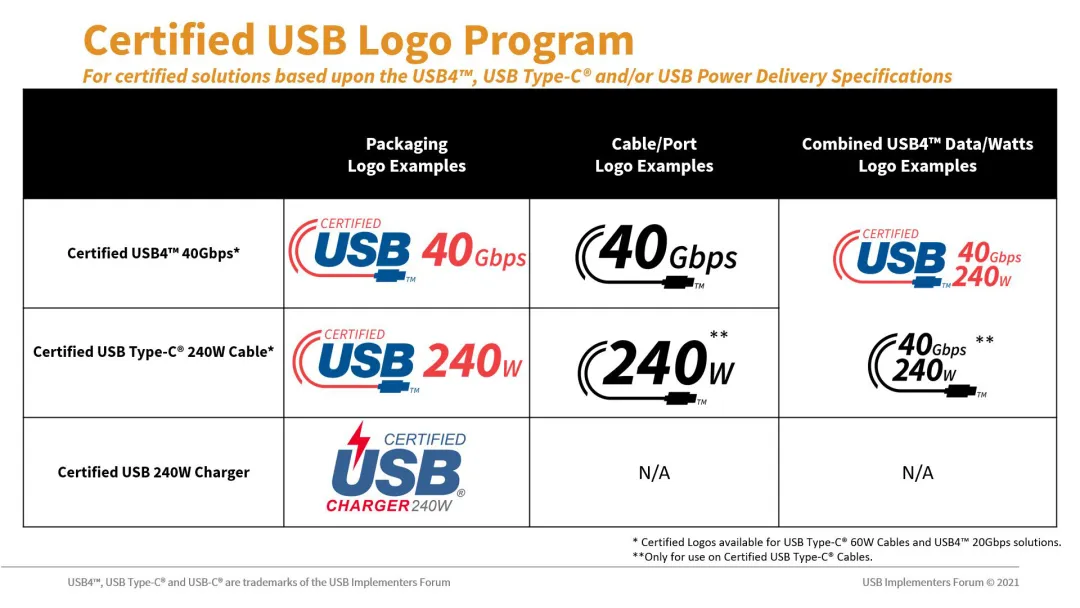
For example, the C2C cable included in the iPhone packaging supports a 480Mbps USB 2.0 transmission speed, 3A current, and a maximum power of 60W.
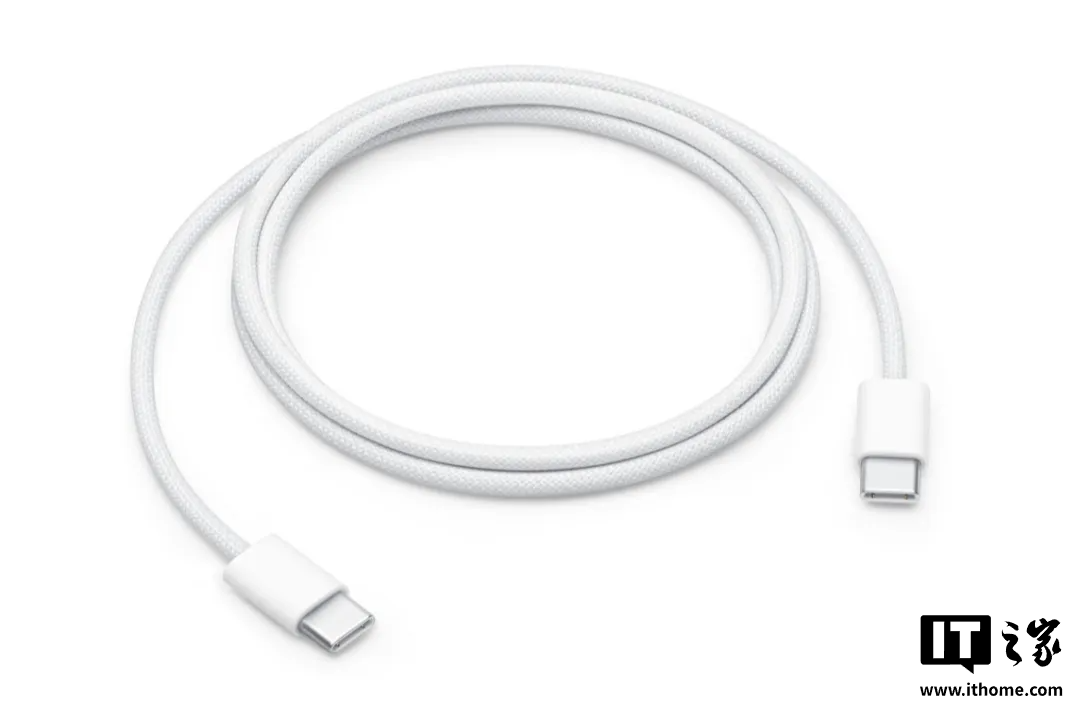
This thin and soft braided cable is sufficient for charging the iPhone, but for fast data transfer, one needs to purchase a high-speed cable that supports USB 3.0 standards. 
04.
Fast Charging: A Bigger Pit
Currently, fast charging speeds for smartphones have reached 80W and 100W as a baseline.
However, due to considerations for user habits and costs, most smartphones still come with USB-A chargers and “modified” A2C charging cables. 
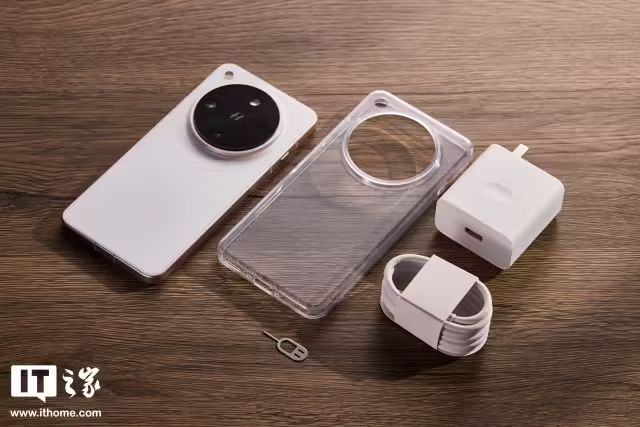
▲ The upcoming OPPO Find X8 Ultra
To enjoy full fast charging speeds, we also need to purchase the manufacturer’s original products when setting up a charging device.
What’s more troublesome is that when switching phone manufacturers, we often have to replace the entire set of chargers and power banks.
Fortunately, this phenomenon has improved. 
The EU’s implemented 2022/2380 directive on universal chargers not only mandates that these electronic devices use USB Type-C charging interfaces but also includes more detailed regulations.
As long as the device supports a power supply capability of 5V 3A (15W) or more, it must fully support the USB PD protocol.
We can see that some smartphones using 100W proprietary fast charging in the domestic market do not include chargers when sold in Europe but support 55W PPS fast charging instead. 

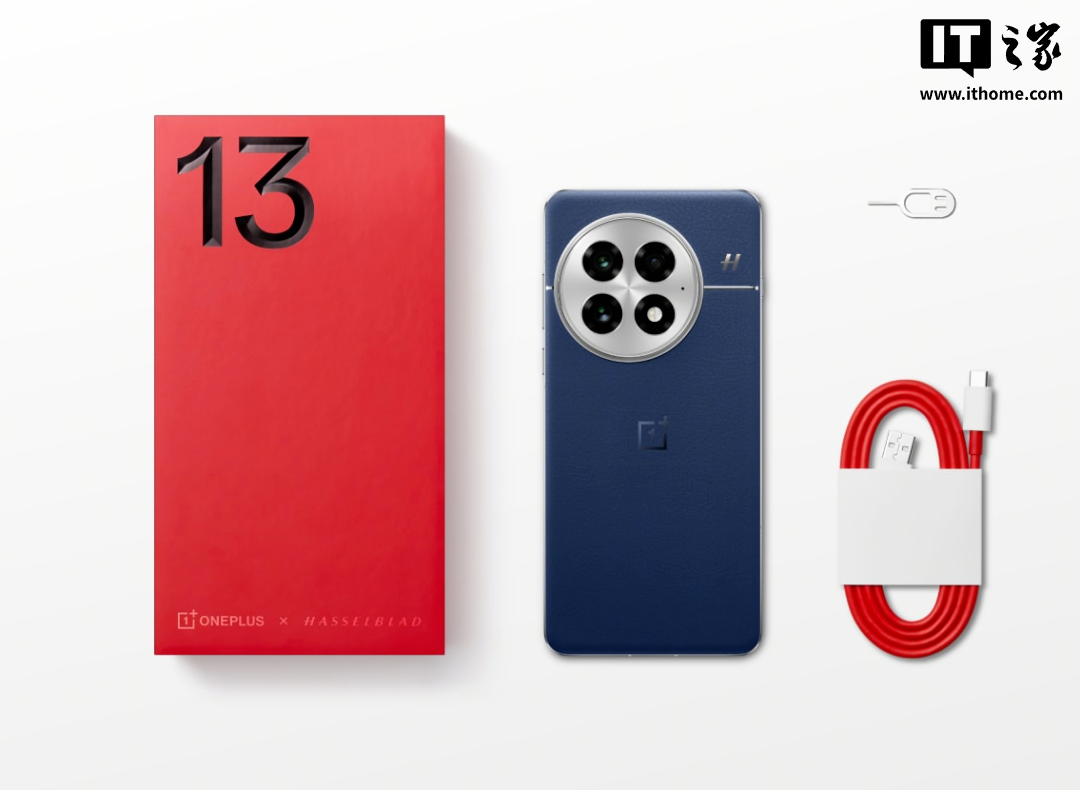
As time goes on, more smartphones supporting high-power PPS charging will emerge. 
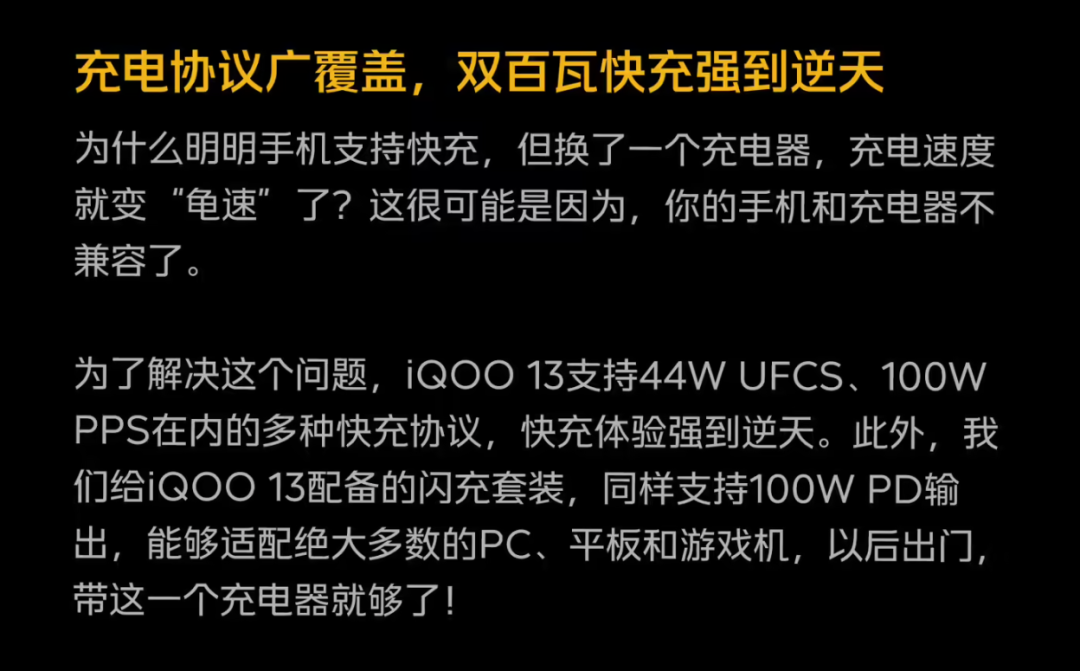
▲ iQOO 13 supports 100W PPS charging
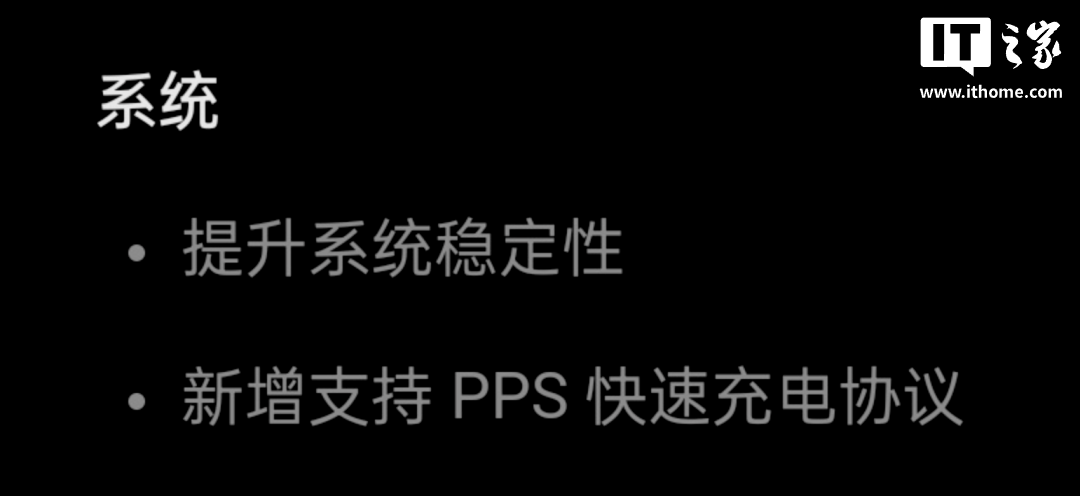
▲ OPPO Find N5 supports 33W PPS starting from version 15.0.1.302
The EU regulation currently covers the following 12 categories of products:
-
Handheld mobile phones
-
Tablets
-
Digital cameras
-
Over-ear headphones
-
Headphones with microphones
-
Handheld gaming consoles
-
Portable speakers
-
eReaders
-
Keyboards
-
Mouse
-
Portable navigation systems
-
In-ear headphones
This regulation will also be expanded to laptops by April 28, 2026.
Given various practical limitations, USB Type-C is currently the best solution for achieving “one cable to travel the world”.
To truly unify user experience, there is still a lot of work to be done, including standard interoperability and collaboration between brands.
We may not expect all devices to be equipped with ultra-fast, high-power USB Type-C interfaces, but at least we hope that the CC identification resistor is not omitted. 
By the way, don’t forget that today there are also articles like “Popular! Xiaomi’s Second Direct Store Opens in Japan”“ and:
- iPad mini has been “lying” for so many years, Huawei and Xiaomi finally open the book
- Microsoft has “completely resolved” the Win11 blue screen issue
- WeChat has been updated again! No more shaking, it’s faster now
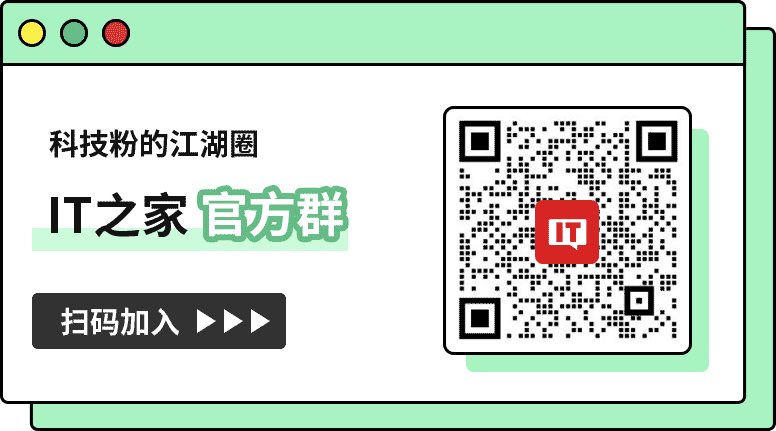
Please like if you support the unification of Type-C, and share your issues with love↓↓↓